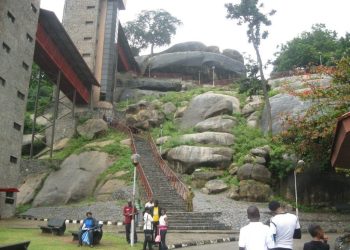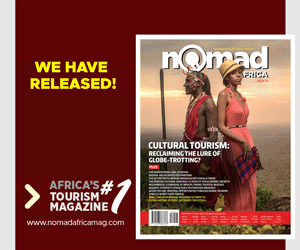Beautiful rolling green hills, tropical palm trees, frequent cattle in the road, laughing children waving with both hands – these are my fond and eclectic memories of Swaziland says Nomad Africa Rebecca Bam. She explores the ancient arts of Swaziland to reveal more. The roads had potholes, the buildings were somewhat derelict, but the inhabitants were some of the friendliest, most hospitable people I have ever come across. The weekend at The Royal Swazi Spa was, needless to say, heaps of hedonistic fun. But back to Swaziland itself. It is a country rich in culture and steeped in fascinating history. According to tradition, the original followers of the present Dlamini royal house of the Swazi nation migrated south before the 16th century to what is now called Mozambique. As result of a series of skirmishes with locals, the Ngwane (as they then called themselves), settled in northern Zululand in around 1750. But pursued by a growing Zulu strength, the Ngwane had to move north in the 1810s and 1820s. Under King Sobhuza I, they established themselves in the heartland of modern Swaziland, conquering and incorporating many long-established, independent chiefdoms, whose descendants also make up much of the modern Swazi nation. You might want to read this related article: The Kingdom of Swaziland: Southern Africa’s landlocked monarchy The art and craft outlets and traditional markets of Swaziland are undoubtedly one of the Kingdom’s greatest attractions. Whether wanting a souvenir of an African holiday, a key decorative feature for a living room…

Get exclusive access to this story
Subscribe to Nomad Africa and get unlimited access to our exclusive articles on African cultural heritage, travel tips, tourism news updates, industry trends and insights. Your subscription will also help support tourism in Africa. Subscription starts from only R15 ($1 USD) per month.*
Already a subscriber? Login here
*Charged for the first month after which standard rates apply. Cancel anytime.
...



















